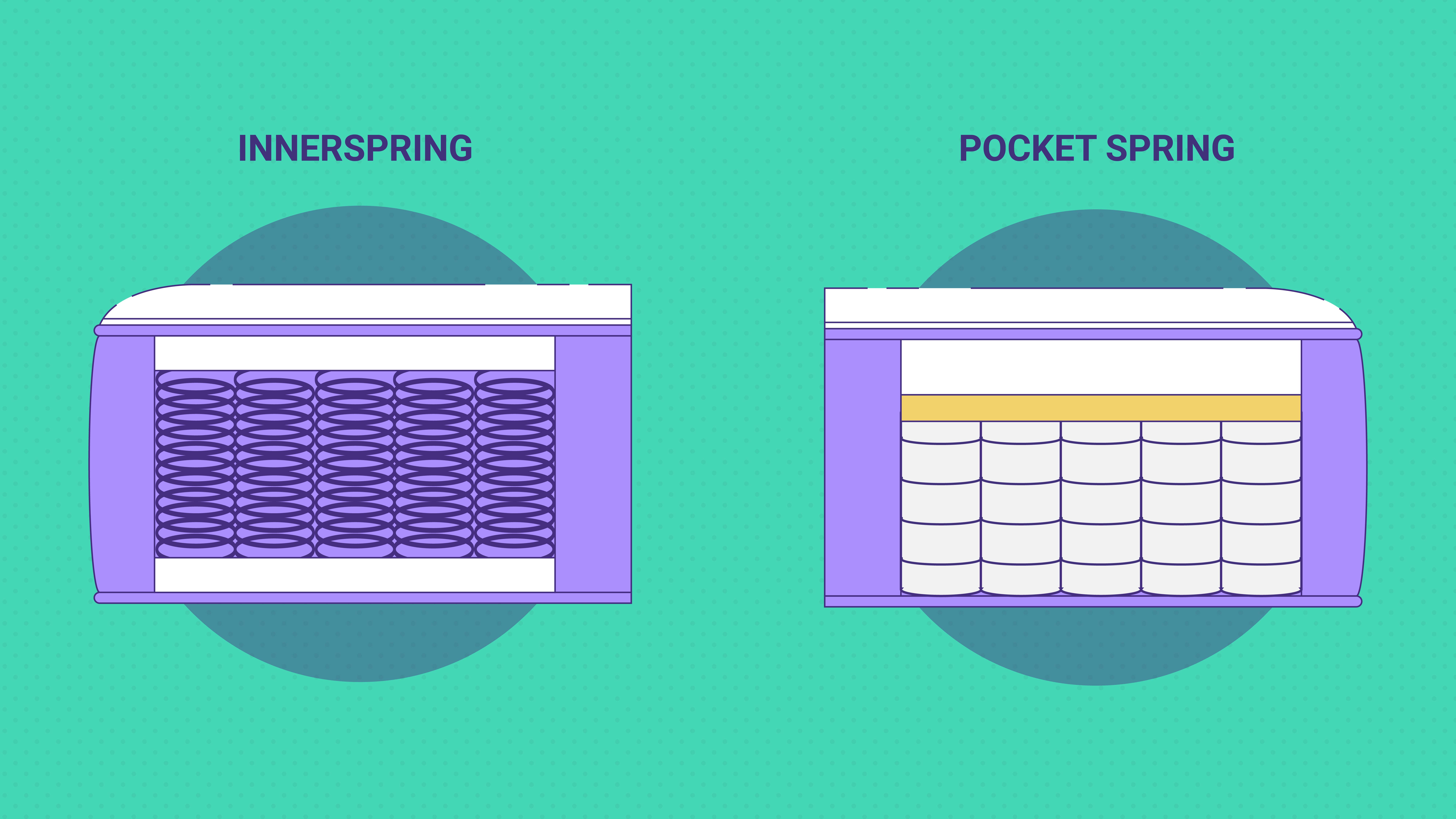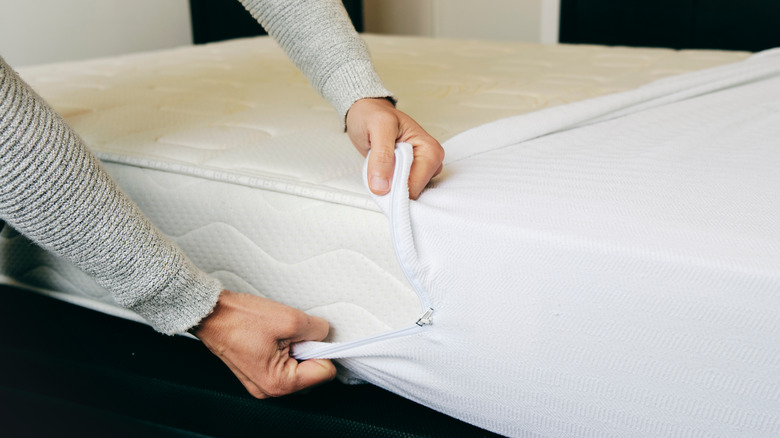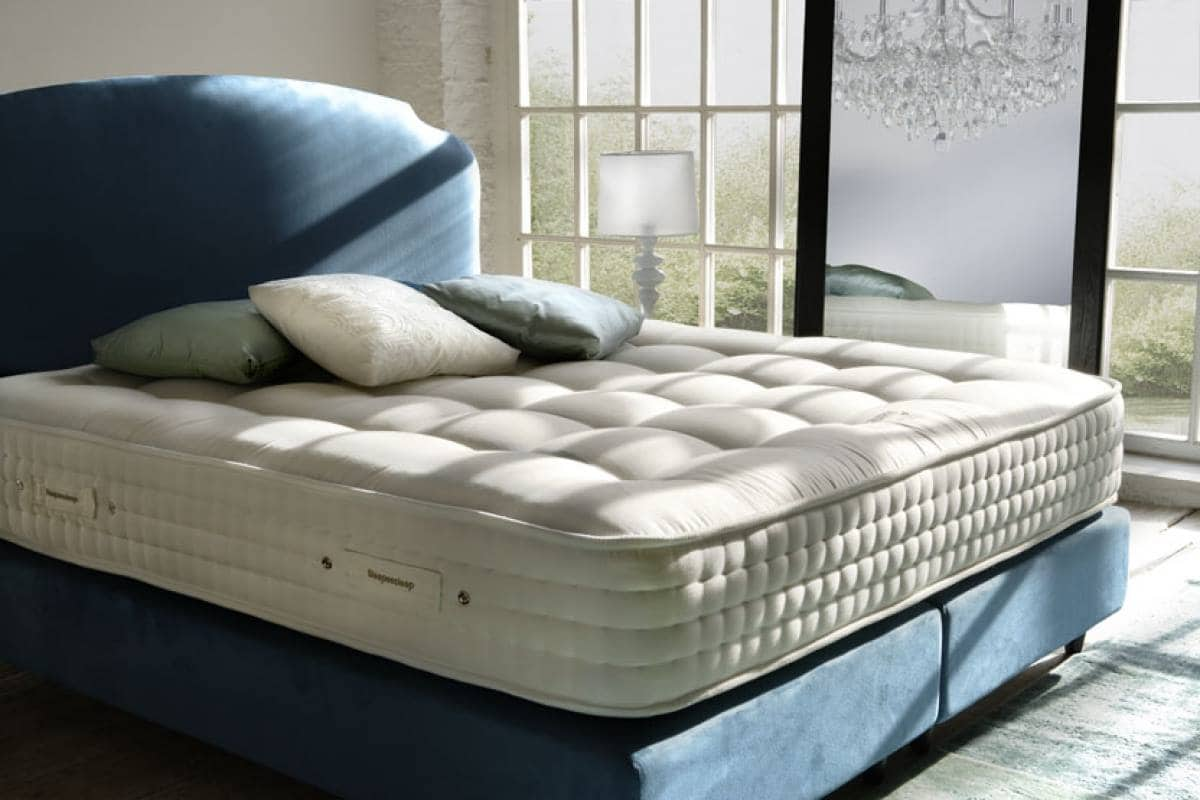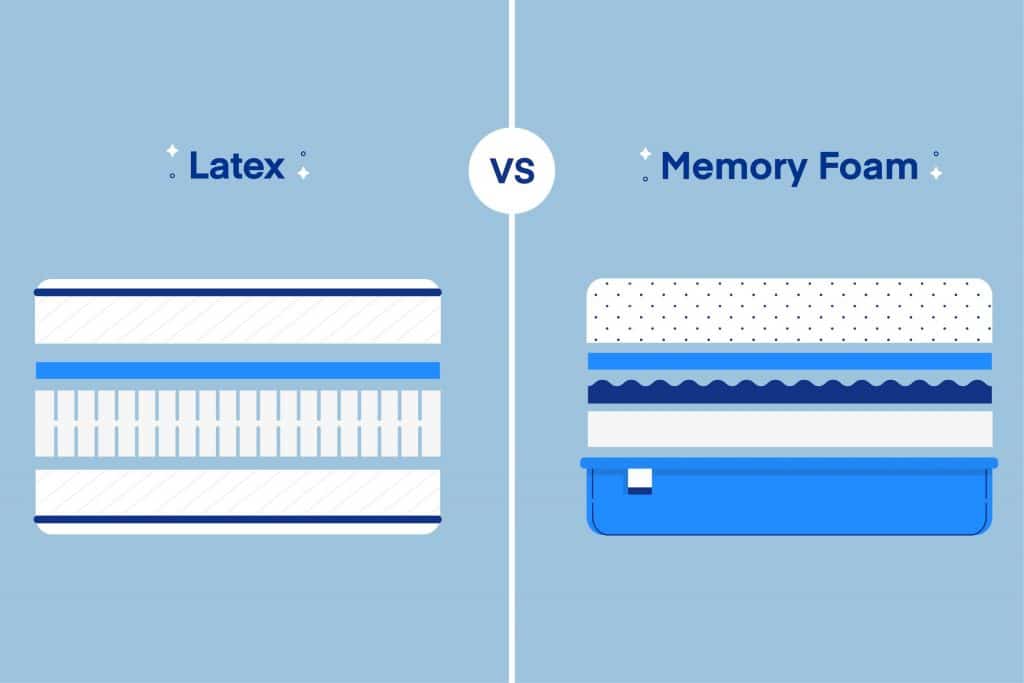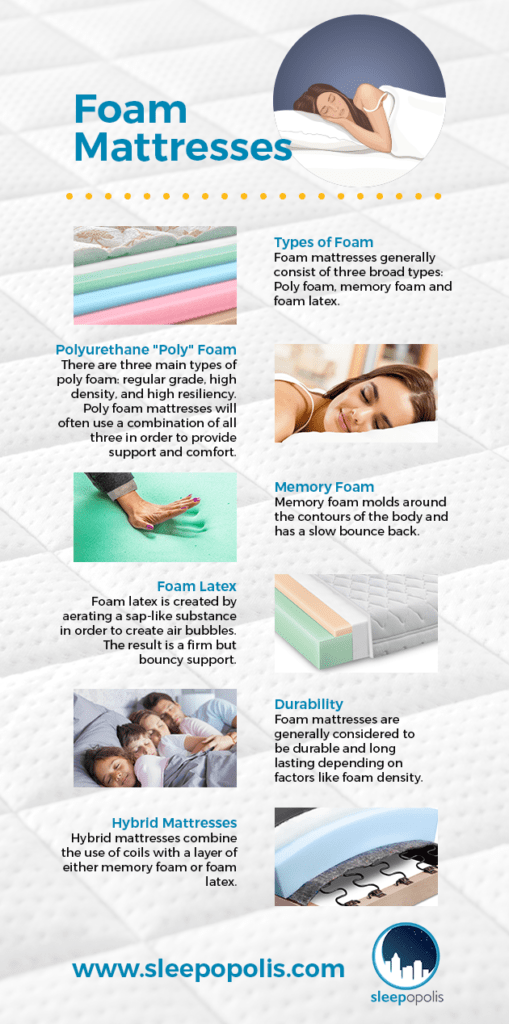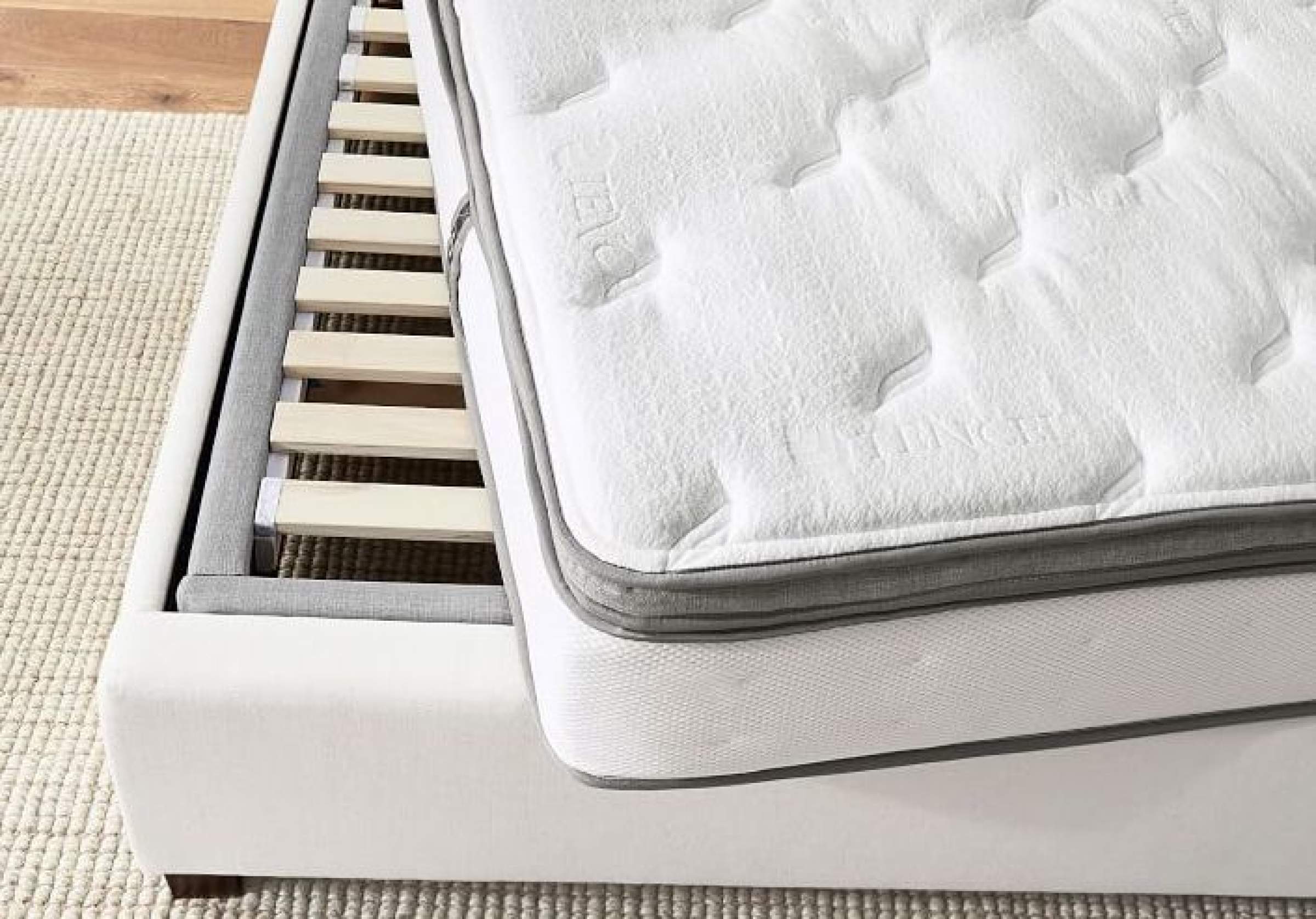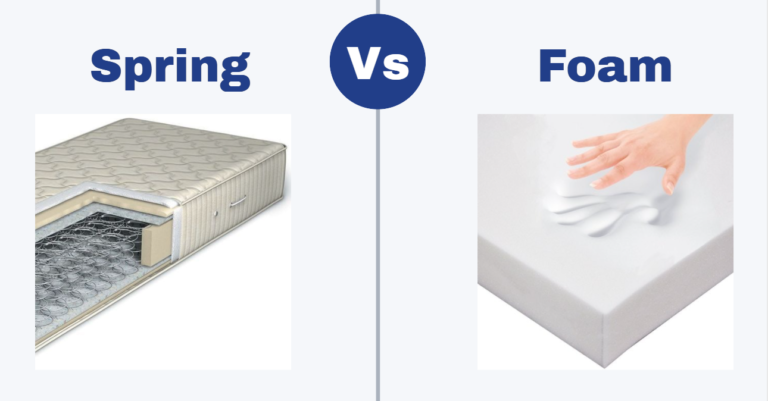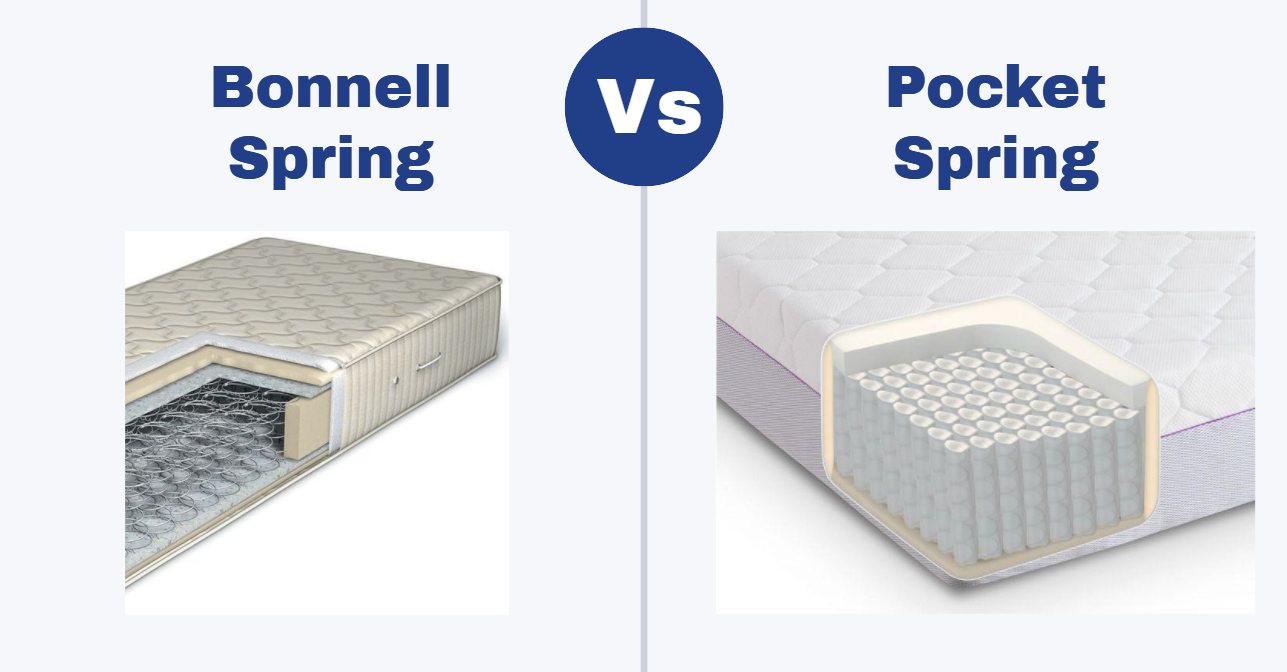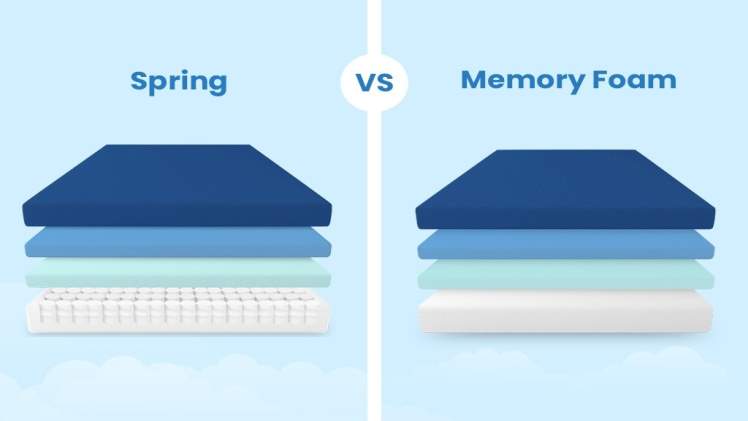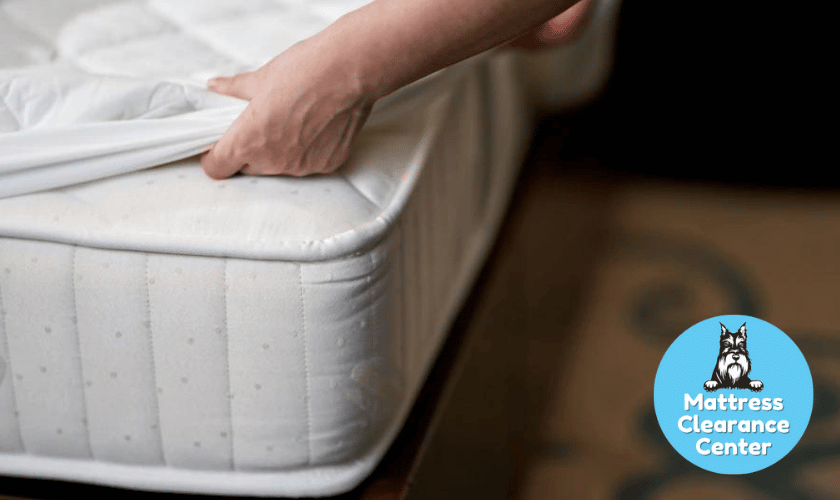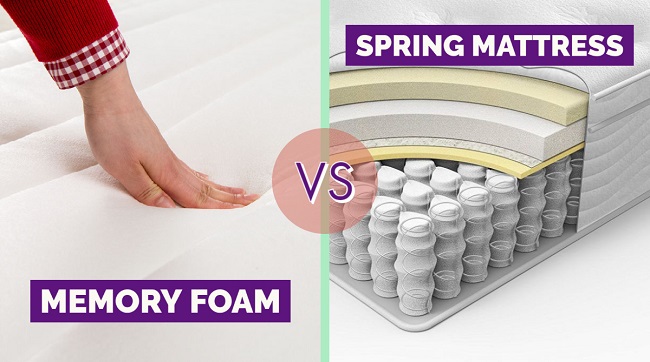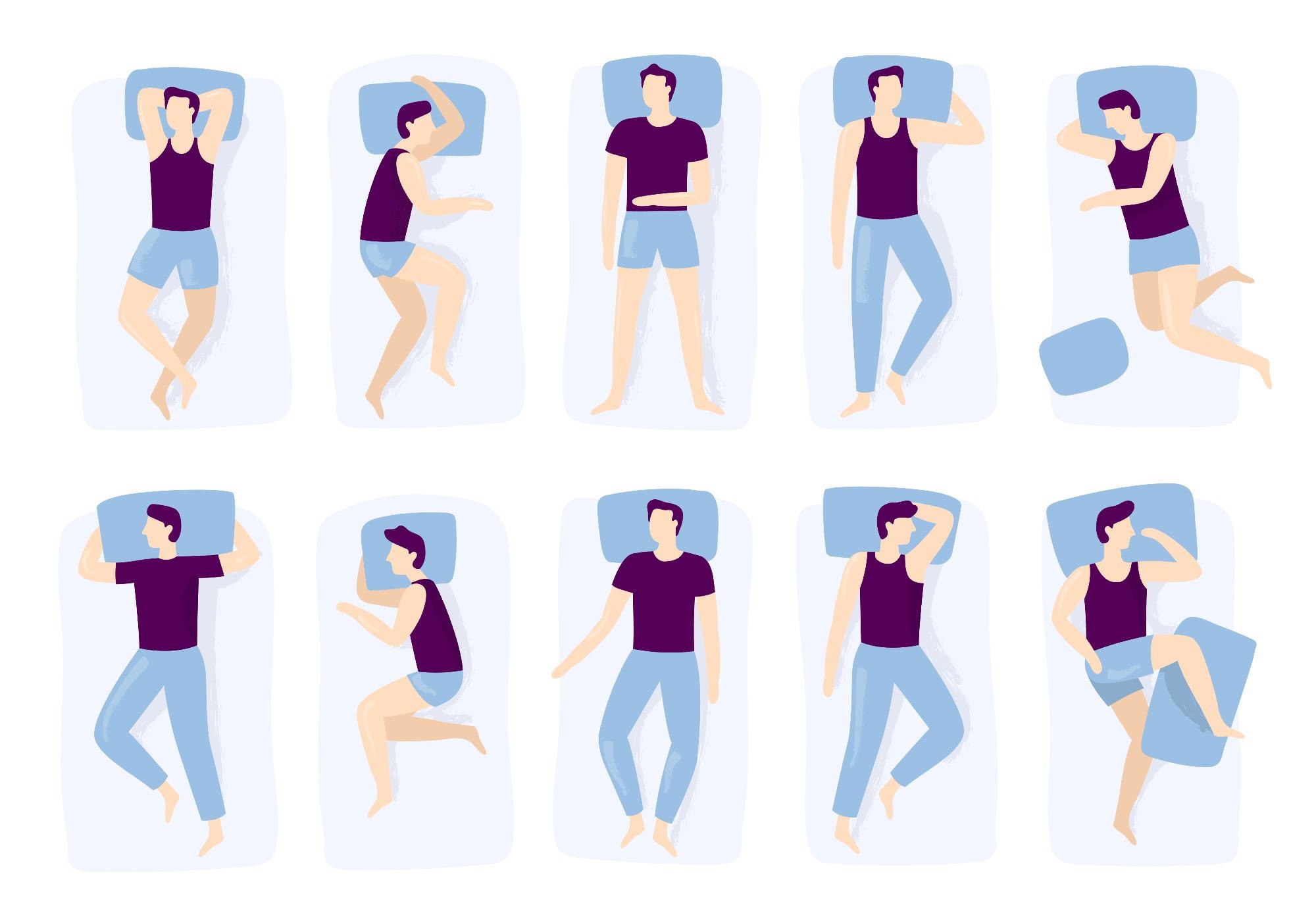When it comes to choosing a new mattress, one of the biggest decisions you'll have to make is whether to go for a spring mattress or a non-spring mattress. Both types have their own unique qualities and benefits, but it can be difficult to determine which one is best for your individual needs. In this article, we'll take a closer look at the differences between spring and non-spring mattresses, and help you decide which one is the better option for you.Spring Mattress vs Non-Spring Mattress: Which One is Better?
Before we dive into the specifics, let's first discuss the pros and cons of each type of mattress. Spring mattresses, also known as innerspring mattresses, are made with a core of steel coils that provide support and bounce. Non-spring mattresses, on the other hand, are made with materials such as memory foam, latex, or hybrid combinations that offer pressure relief and conform to your body's shape. Here are some of the main advantages and disadvantages of each:Spring vs Non-Spring Mattress: Pros and Cons
Now that we've established the basic differences between the two types, let's take a closer look at the specific characteristics that set them apart. As mentioned, spring mattresses are made with steel coils, while non-spring mattresses are made with different types of foam or other materials. This means that they offer different levels of support and firmness, and also have different effects on your body's pressure points. Spring mattresses tend to be more responsive and bouncy, while non-spring mattresses provide more contouring and pressure relief.Spring vs Non-Spring Mattress: What's the Difference?
One of the most important factors to consider when investing in a new mattress is its durability. After all, you want your mattress to last for as long as possible without losing its shape or support. In this regard, non-spring mattresses tend to have the upper hand. Memory foam and latex mattresses are known for their longevity, with an average lifespan of 7-10 years. Spring mattresses, on the other hand, may need to be replaced every 5-7 years as the coils can become worn and lose their support over time.Spring vs Non-Spring Mattress: Which One is More Durable?
Comfort is subjective and can vary from person to person. However, many people find that non-spring mattresses, particularly memory foam and hybrid mattresses, offer a higher level of comfort and pressure relief. This is because these materials are designed to conform to your body's shape and provide targeted support where you need it most. On the other hand, some people may find spring mattresses more comfortable due to their bounciness and responsiveness.Spring vs Non-Spring Mattress: Which One is More Comfortable?
Your mattress can also have an impact on your overall health and well-being. If you suffer from allergies, a non-spring mattress may be a better option for you. Spring mattresses tend to accumulate dust, dirt, and other allergens in their coils, which can trigger allergies and respiratory issues. Non-spring mattresses, especially those made with natural materials like latex, are hypoallergenic and resistant to dust mites.Spring vs Non-Spring Mattress: Which One is Better for Your Health?
Price is often a major consideration when buying a new mattress. In general, spring mattresses are more affordable than non-spring mattresses. This is because they are made with more basic materials and are easier and cheaper to produce. However, non-spring mattresses often have a longer lifespan, so they may end up being a more cost-effective option in the long run.Spring vs Non-Spring Mattress: Which One is More Affordable?
Another factor to consider is how easy it is to maintain and care for your mattress. Spring mattresses may require more maintenance, such as flipping and rotating, to prevent sagging and maintain their shape. Non-spring mattresses, particularly memory foam and latex mattresses, are usually one-sided and do not need to be flipped. They also tend to be more resistant to wear and tear, making them easier to maintain in the long run.Spring vs Non-Spring Mattress: Which One is Easier to Maintain?
Your sleeping position can greatly affect which type of mattress will be most comfortable and supportive for you. For back and stomach sleepers, a spring mattress may provide the necessary support and firmness. Side sleepers, on the other hand, may find non-spring mattresses more comfortable as they provide better pressure relief for hips and shoulders. It's important to consider your preferred sleeping position when deciding between the two types.Spring vs Non-Spring Mattress: Which One is Better for Different Sleeping Positions?
If you share your bed with a partner, you may need to consider their preferences and needs as well. Spring mattresses can be a good choice for couples as they offer more bounce and make it easier to move around and change positions. However, non-spring mattresses can also be a good option as they tend to have better motion isolation, meaning one partner won't be disturbed by the other's movements during the night. Ultimately, the decision between a spring mattress and a non-spring mattress will come down to your personal preferences and needs. Both types have their own unique benefits and drawbacks, so it's important to carefully consider your priorities and do your research before making a purchase. Whichever option you choose, be sure to invest in a high-quality mattress that will provide you with a comfortable and restful night's sleep for years to come.Spring vs Non-Spring Mattress: Which One is Better for Couples?
The Advantages of a Spring Mattress
 When it comes to choosing a mattress, there are many options available in the market. One of the most common debates is between a spring mattress and a non-spring mattress. While both types have their own unique features, a spring mattress has several advantages that make it a popular choice among homeowners.
When it comes to choosing a mattress, there are many options available in the market. One of the most common debates is between a spring mattress and a non-spring mattress. While both types have their own unique features, a spring mattress has several advantages that make it a popular choice among homeowners.
1. Support and Comfort
 One of the main advantages of a spring mattress is its ability to provide both support and comfort. The springs in the mattress are designed to distribute body weight evenly, ensuring that your body is properly supported while you sleep. This helps to alleviate pressure points and reduce the risk of back pain, making it a popular choice for those with back issues. Additionally, the springs also give the mattress a bouncy feel, which can be more comfortable for some individuals.
One of the main advantages of a spring mattress is its ability to provide both support and comfort. The springs in the mattress are designed to distribute body weight evenly, ensuring that your body is properly supported while you sleep. This helps to alleviate pressure points and reduce the risk of back pain, making it a popular choice for those with back issues. Additionally, the springs also give the mattress a bouncy feel, which can be more comfortable for some individuals.
2. Durability
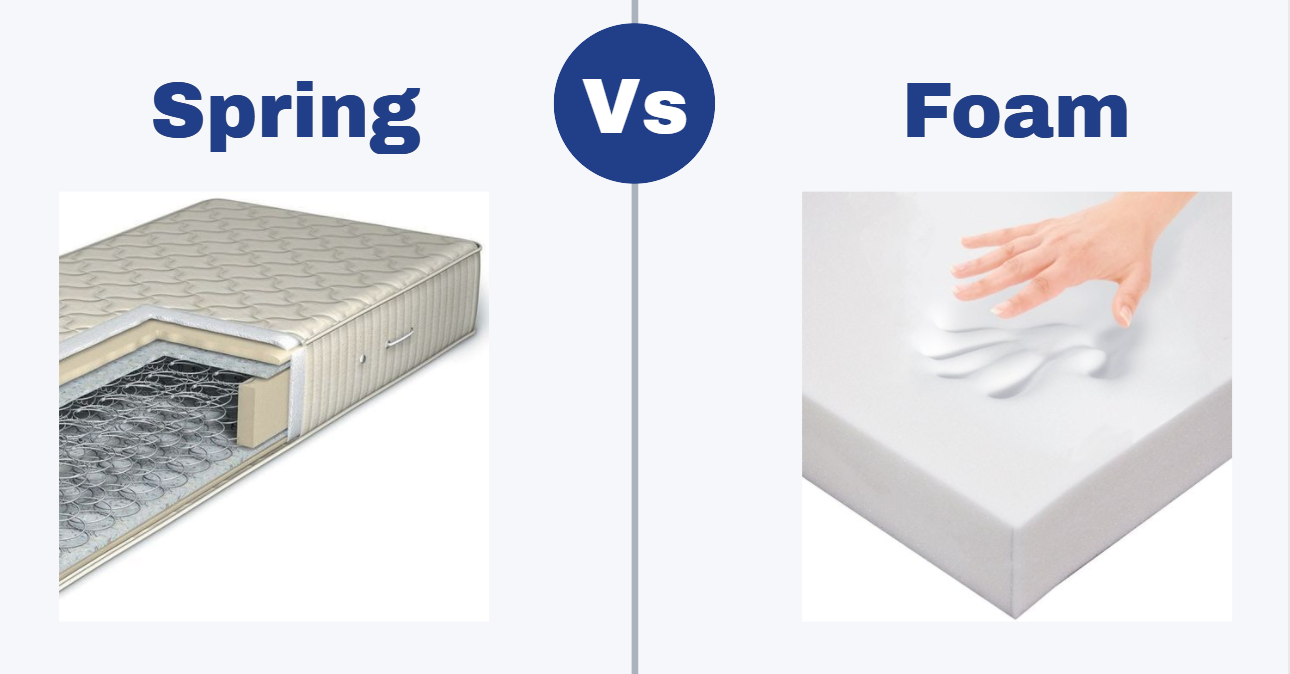 Spring mattresses are known for their durability and long lifespan. The coils in the mattress are designed to withstand pressure and maintain their shape over time. This makes them a good investment as they can last for several years without losing their support and comfort. Non-spring mattresses, on the other hand, tend to wear out quicker and may require replacement after a few years.
Spring mattresses are known for their durability and long lifespan. The coils in the mattress are designed to withstand pressure and maintain their shape over time. This makes them a good investment as they can last for several years without losing their support and comfort. Non-spring mattresses, on the other hand, tend to wear out quicker and may require replacement after a few years.
3. Temperature Regulation
 Spring mattresses are also known for their ability to regulate body temperature while sleeping. The open structure of the coils allows for air circulation, keeping the mattress cool and preventing heat build-up. This is especially beneficial for hot sleepers who tend to overheat at night. Non-spring mattresses, on the other hand, can trap body heat, making it uncomfortable for some individuals.
In conclusion, while both spring and non-spring mattresses have their own unique features, a spring mattress offers superior support, durability, and temperature regulation. It is important to consider your individual needs and preferences before making a decision, but if you prioritize these factors, a spring mattress may be the right choice for you.
Spring mattresses are also known for their ability to regulate body temperature while sleeping. The open structure of the coils allows for air circulation, keeping the mattress cool and preventing heat build-up. This is especially beneficial for hot sleepers who tend to overheat at night. Non-spring mattresses, on the other hand, can trap body heat, making it uncomfortable for some individuals.
In conclusion, while both spring and non-spring mattresses have their own unique features, a spring mattress offers superior support, durability, and temperature regulation. It is important to consider your individual needs and preferences before making a decision, but if you prioritize these factors, a spring mattress may be the right choice for you.



